Polyvagal-Informed Strategies For a Calmer Family Part 2
This is how I meet my nervous system where it's at, no matter how stressed out I am.

If you missed last week’s post, read it below before this one:
I’m speaking at the Anxiety SOS Summit October 3-6! Register here:
Let’s review: This is a challenging time to be a parent.
You’re uniquely qualified to meet the challenge!
You can tune your own brain to absorb contentment, confidence, and connection, so that you can share that regulated state with your family.
80% of information goes from our bodies to our brains, 20% goes from our brains our bodies.
Not everything is an emergency, but it sometimes feels that way.
Stress indicates that you're living a meaningful life.
We need ways to discharge stress that builds up in our bodies.
3 Positive Outcomes of Parents Practicing Self-Regulation:
Resilience: we can help our kids because we’ve had the experience ourselves.
Be your child's second chicken: when something unexpected happens, their nervous system will look to your nervous system for cues of danger or safety.
Teach the tools by modeling them yourself, which alone can have a huge impact on their stress levels.
Attuning to your nervous system means tune in and pay attention to what’s happening inside your body. Please practice this often throughout your day.
Ready to Learn About the Polyvagal Ladder?
Allow yourself to settle back and receive this information. Let the information come to you. Take breaks whenever you need to…
Meeting Your Nervous System Where It's At
The polyvagal ladder is a kind of map. It's not hierarchical in that one is better than the other, but the map helps us remember it.
The polyvagal ladder helps us understand our nervous system, and how it adapts to different challenges. It can help you meet your nervous system where it's at, and work with that. None of the states on the polyvagal ladder are bad. All rungs of the ladder have their uses.
I’m speaking at the Anxiety SOS Summit October 3-6! Register here:
We'll Start With Engagement:
You're talking to your best friend about something positive, a memory from childhood that you enjoyed. You're doing something fun with your kid that you really like doing. This is the safe and social state.
Imagine you're wearing rose colored glasses. Any story you tell, any memories you have, anything you're thinking will be filtered through the rose colored lenses. Your vision will be clearer, brighter.
The gift of this is obvious. It feels good to be connected and calm.
One thing that can happen when we have nervous systems that are a little more “wired” is, we're waiting for the other shoe to drop. I don’t think I'm alone in that.
What I do is add gratitude. If I realize I'm feeling happy, instead of thinking, “Oh, this is not gonna last,” I say, “I'm really grateful that I'm feeling this way.” This helps because our brains don't necessarily attach to the things that are more positive and engaged. They’re more focused on keeping us safe from threats.
When we intentionally absorb these positive states like a sponge, we set the stage for more experiences of engagement down the road.
In other words…
Soak it up!
Activated State: Flight or Fight
When you're in that calm, engaged state, and then a threat comes - tiger, lion, bear, whatever - you've got to do something fast!
Survival demands that you do something, and you evolved to survive.
You'll try running first. If you realize you can't outrun the threat, you'll turn and fight. Activation (AKA mobilization or sympathetic response) is the state for that.
If you had glasses on, they’d be very vivid, and you'd be able to focus very well and use your peripheral vision at the same time.
The gift of this state is energy. It takes energy to see with peripheral vision, and focus in, and scan for danger, and be ready to flee or fight, all at the same time. Your heart rate elevates. Your digestion stops. Getting you out of harms way, and steeling you to keep your loved ones safe, is the only job. You step up to the challenge of the threat and fight for what you care about.
Imagine if you didn’t have this stress response?
Someone would “eat you for lunch.”
Collapsed State: Shutdown, Freeze, Flop
Finally, the collapsed state. This is in the same family as the freeze response (although slightly different).
You can’t outrun the threat. You can't win the fight. Your nervous system prepares for the worst. It slows down and numbs out so you won't experience pain. You might feel hopeless. You might feel everything is catastrophic.
Your imaginary lenses? They’d be smudged. They’d be cloudy. The same story seen through rose colored glasses would be viewed in a totally different way from this state.
There are nuances of how our bodies respond to this state, but I want to remind you that none of this is conscious. Your nervous system is doing its thing based on the primal parts of your brain viscerally perceiving the level of threat, given the information it has gained in a split second.
The gift of this state is protection. We need it.
One of the challenges is that our culture doesn't really honor this state’s importance. We need rest, and we need to be able to rest without judgment.
You're not lazy if you're in this state.
You need to rest.
I’m speaking at the Anxiety SOS Summit October 3-6! Register here:
I invite you to pause and check-in.
What are you feeling? What insights came to you? What have you learned so far?
In Part 3, I’ll teach you practices for each of the 3 rungs of the polyvagal ladder.
For now, practice attuning to your nervous system…
Your mission, should you choose to accept it, is to develop the ability to sense which of these states you're in. Learn to attune by checking in often, so that over time, your stress response can become a more accurate match to the situation that you're in.
See if you can discern which of the rungs you’re on. Then ask, is this an accurate response to my current situation? If I'm watching TV, I'm not being chased by a tiger. If I'm public speaking, I'm not being eaten by a bear. So, is there a disconnect in my nervous system’s response to what's objectively happening?
If not, what is under the surface?
By practicing tuning in, we can more accurately answer the question,
“Am I safe?”
It gets easier with practice.
I want to remind you, none of the states are bad. It's not like a traffic light. We want to be in the state that's appropriate to the moment. If you were being chased by a bear, you would not want to be sweet and cuddly and chatty with the bear. You just want to stay alive.
How Will This Help Your Kids?
This Polyvagal-Informed Strategies Series will help you tune your brain toward contentment, confidence, and connection, so that you can share that regulated state and understanding of the nervous system with your family. I’ll share some great tips to engage kids at the end, but first it’s so important that you practice this stuff yourself.
Look forward to part 3 next Sunday!
Seeking support? I’ll listen, and help you unpack the “why” behind whatever is happening. Together, we can make a simple plan. If we decide to work together we’ll go from there.
Join us for our first subscriber group session Thursday September 19 at noon! Everyone with a paid subscription gets access:
Get ready for the Anxiety SOS Summit October 3-6!
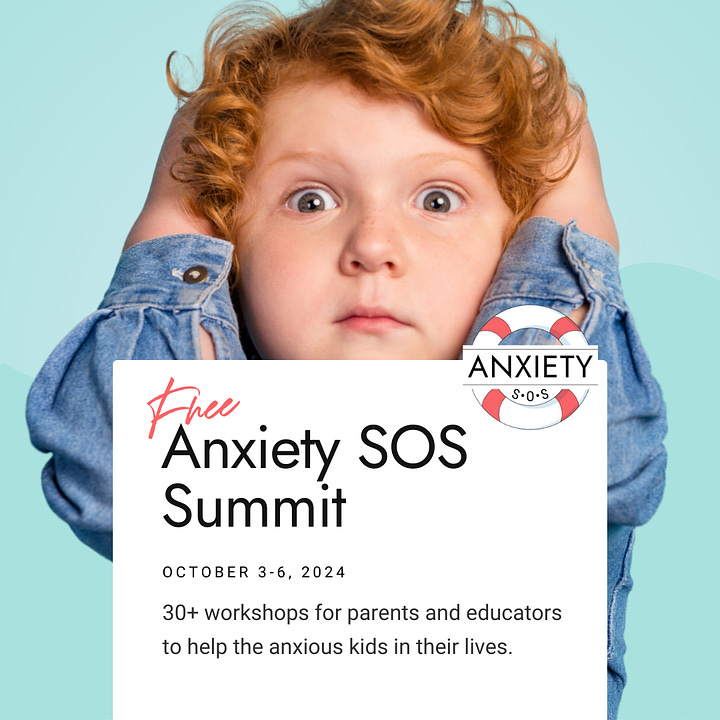
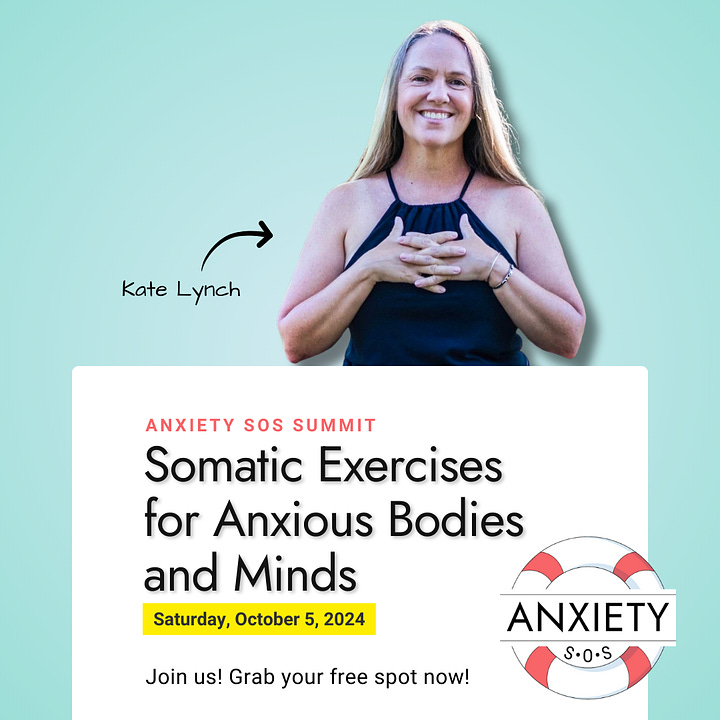
I’m honored to be part of this excellent free summit organized by my friend Penny Williams (of The Behavior Revolution and Beautifully Complex Podcast fame). I’ve got a a value-packed session for you: Somatic Exercises for Anxious Bodies and Minds: Mindfulness, Yoga & More. Will you join me and 29 other experts offering actionable help for anxious kids to feel safer and more emotionally stable?
Of course subscribers here will be getting something special to complement the experience! Register now, and look out for my talk on October 5!
“You helped me find ways to deal with my own anxiety and big feelings so that I can stay grounded for my kids.”
-Meghan W.





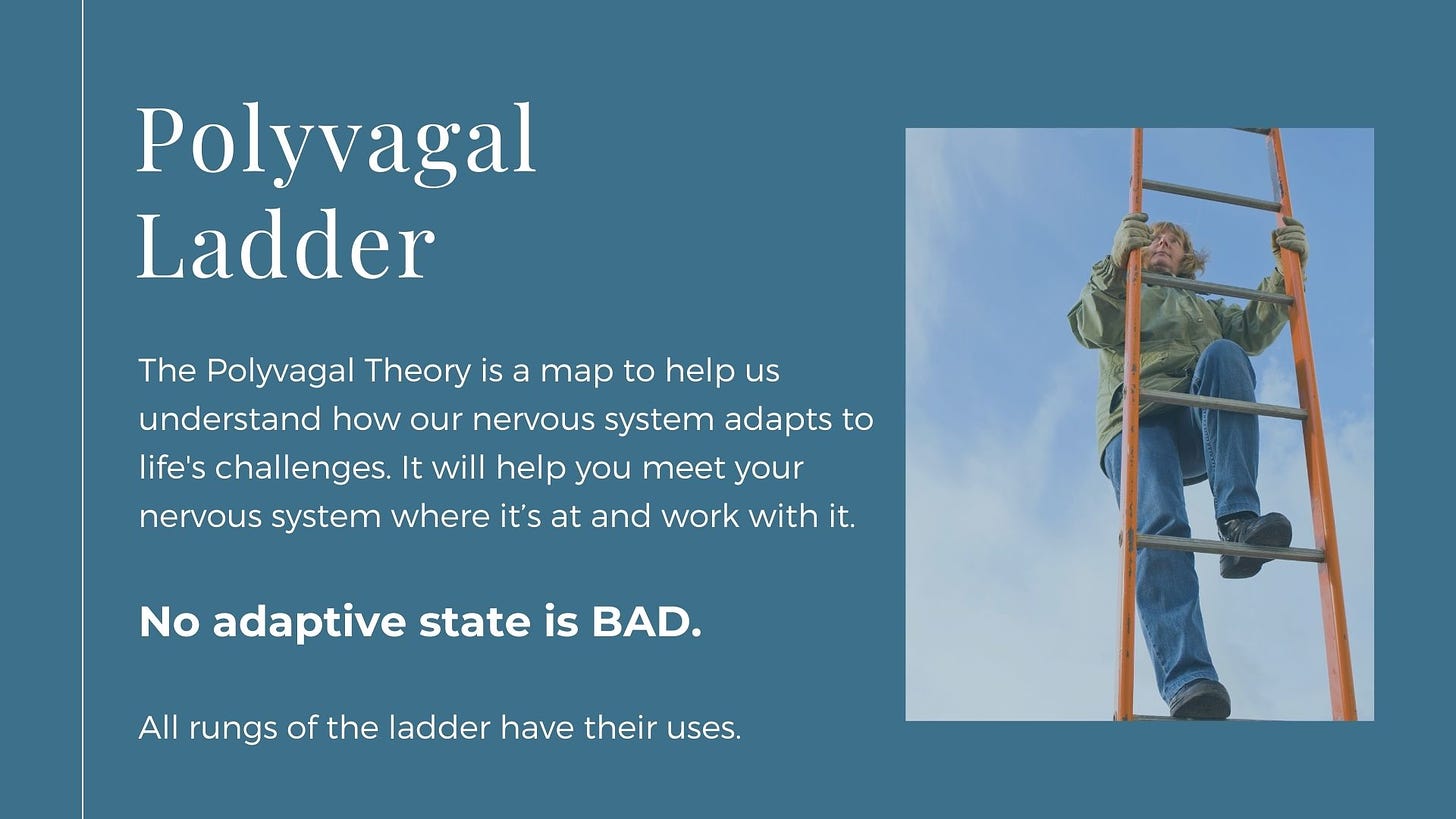
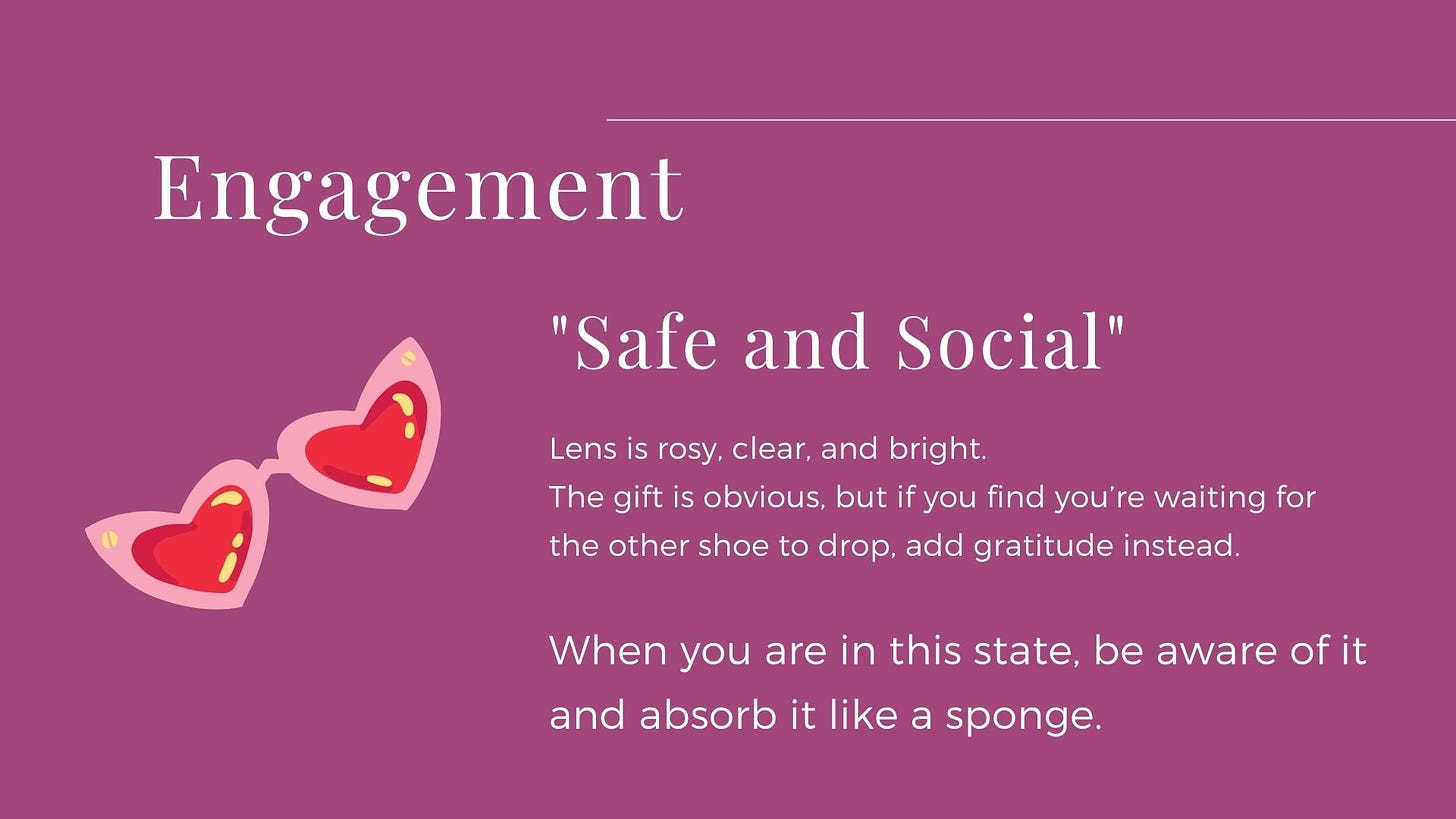
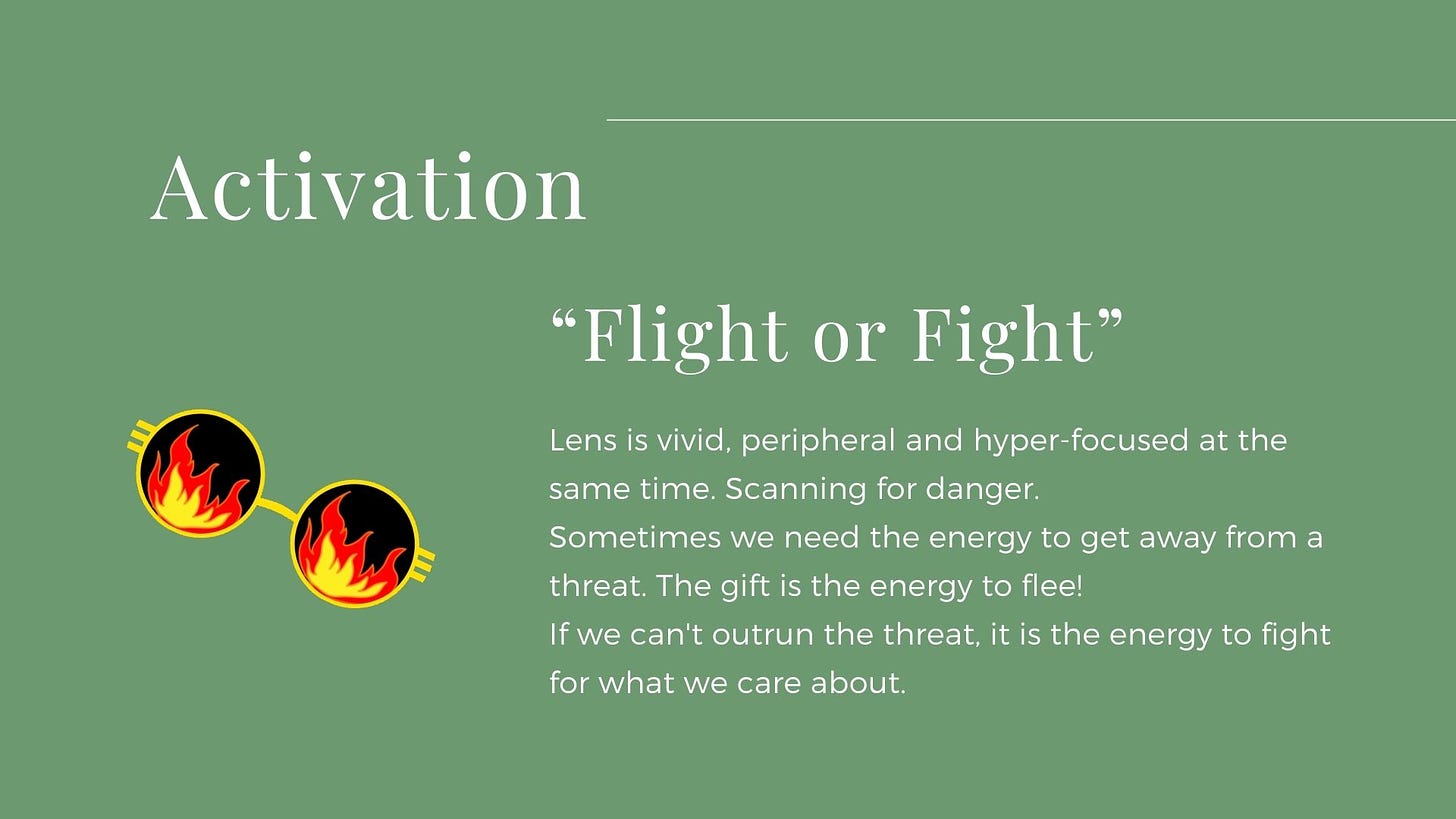
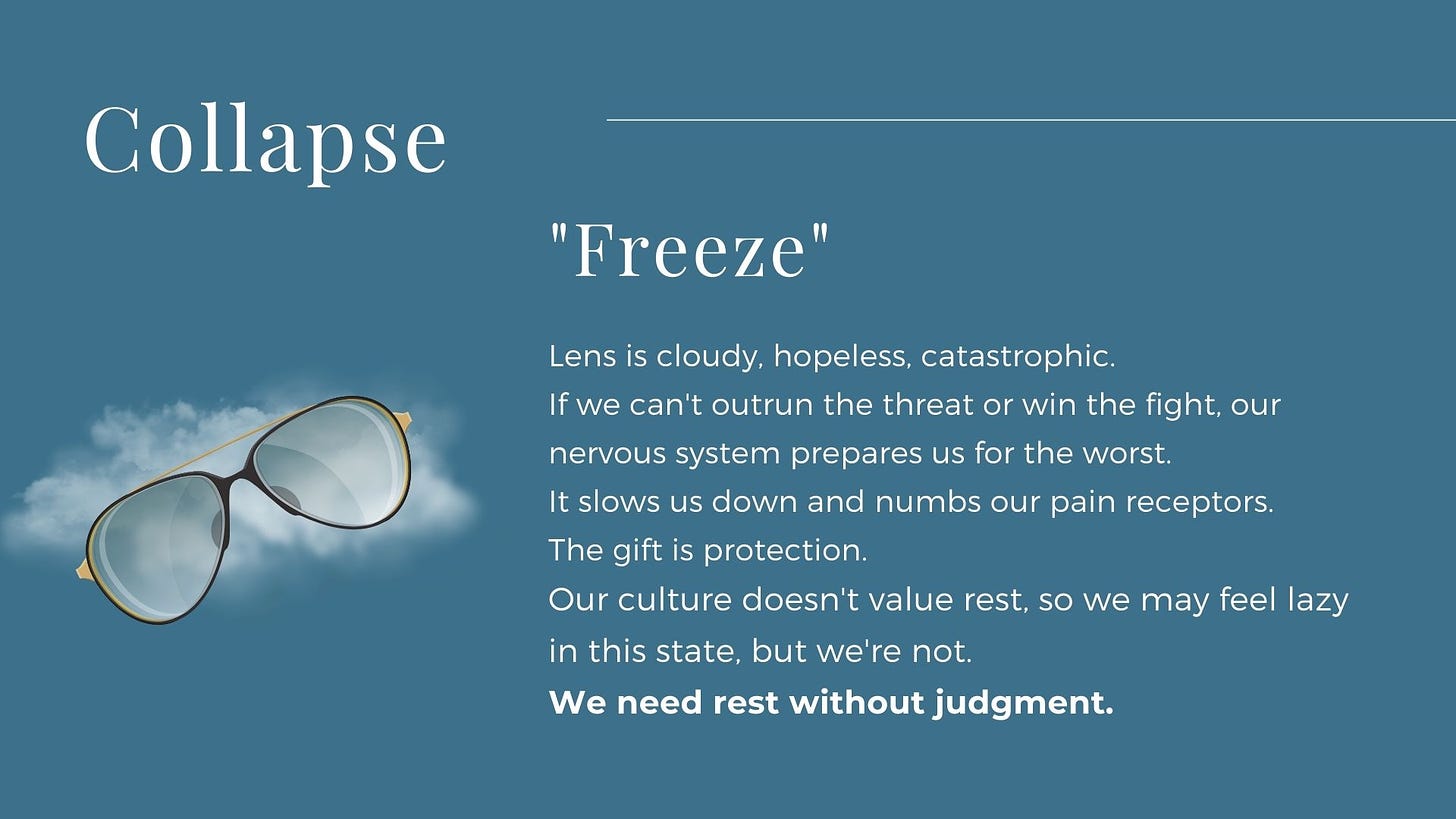
So thoughtful - I love how you've linked (on other articles) the behaviors you adapt to modeling for children...